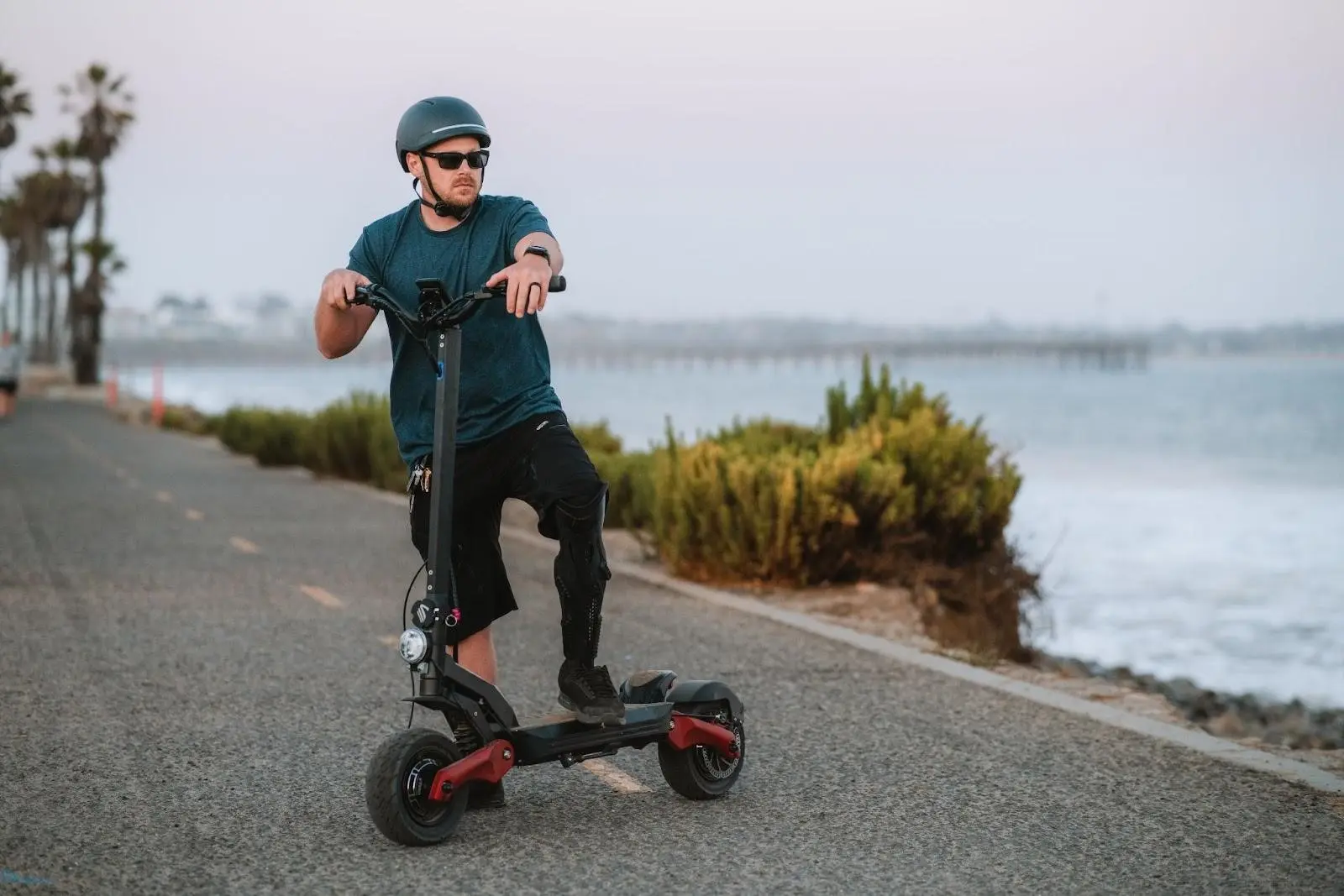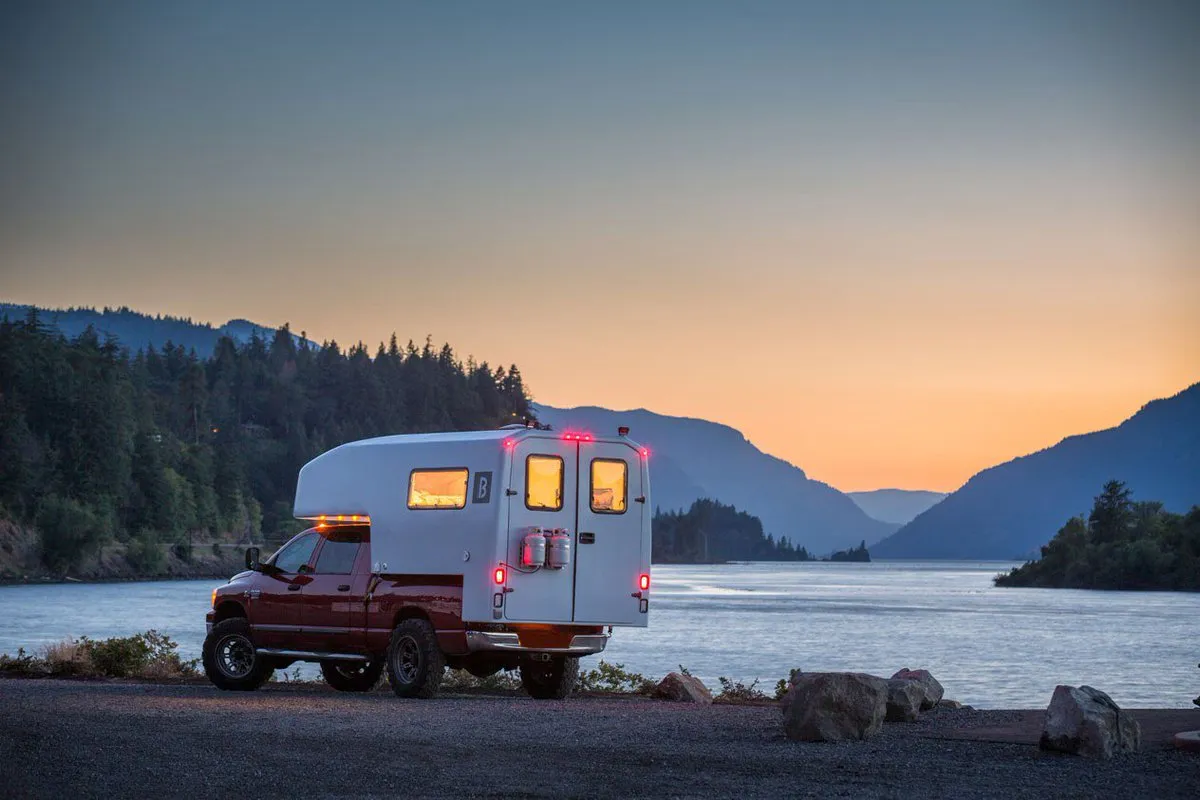Electric scooters have become increasingly popular for a wide range of activities, especially with the advent of all-terrain models that cater to both recreational and functional needs. Whether you’re commuting through city streets or exploring rugged, off-road trails, an all-terrain electric scooter offers the freedom to enjoy an active, eco-friendly, and convenient way of getting around. However, riding these scooters effectively requires more than just hopping on and pressing the throttle. Understanding your scooter’s capabilities, knowing how to properly use it, and maintaining your equipment are key to maximizing its potential and staying safe on a variety of surfaces.

These scooters are specifically designed to handle diverse terrains, such as gravel roads, dirt trails, and steep hills, unlike regular scooters that are more suited for smooth pavement. Their enhanced features—larger tires, superior suspension systems, and robust motors—allow them to glide over rougher surfaces with ease. Despite their advantages, riding on uneven surfaces presents a unique set of challenges that riders must be prepared for. The right techniques, safety gear, and routine maintenance are critical to getting the most out of your all-terrain electric scooter while avoiding accidents or damage to the scooter itself.
This guide is designed to help riders of all skill levels optimize their all-terrain scooter experience. Whether you’re a beginner who has just acquired an electric scooter or an experienced rider looking to sharpen your skills, we’ll cover essential tips and tricks to enhance your riding experience. From proper safety gear and scooter knowledge to advanced riding techniques and maintenance, these tips will ensure you’re equipped for both the journey and the destination.
1. Prioritize Safety with Proper Gear
Before embarking on any ride, especially one involving rugged terrain, your safety should always be your primary concern. Wearing the right protective gear significantly reduces the risk of injuries in the event of falls or accidents. When it comes to all-terrain scooter riding, the need for durable and reliable gear becomes even more crucial.
Helmet
A helmet is your first line of defense against head injuries, and its importance cannot be overstated. A well-fitted helmet that meets safety standards ensures you stay protected while riding on unpredictable surfaces. Look for helmets that are specifically designed for electric scooter riders or action sports. These helmets are often lightweight, well-ventilated, and come with extra padding to protect against impacts. Always ensure that your helmet is securely fastened and is in good condition before each ride.
Elbow and Knee Pads
Elbow and knee pads are essential for shielding your joints from impacts when you fall. Off-road riding involves frequent bumps and sudden maneuvers, and without protective pads, your elbows and knees are highly vulnerable to bruises, scrapes, and even fractures. Select high-quality pads with impact-resistant material that cover the entire area of your joints, offering maximum protection without hindering your movement.
Armor Jacket
An armor jacket provides critical protection for your torso, shoulders, and spine. These jackets are equipped with protective padding and are especially useful when riding on challenging terrains where the risk of a fall is greater. Look for jackets made with breathable fabrics to ensure comfort during long rides, while still providing robust protection in case of a fall.
Gloves
Riding gloves not only improve your grip on the handlebars but also protect your hands from abrasions and blisters. With the bumps and shocks encountered on rough trails, having gloves with padded palms will help reduce fatigue and prevent discomfort. Additionally, gloves with knuckle protection add an extra layer of security in case of a fall.

2. Understanding Your Scooter’s Capabilities
An all-terrain scooter is built to handle a variety of conditions, but knowing its features will allow you to ride efficiently and safely. Understanding the capabilities of your scooter ensures that you don’t push it beyond its limits, reducing the chances of breakdowns or accidents.
Single Motor vs. Dual Motor
One of the most important distinctions in all-terrain scooters is whether they are equipped with a single motor or a dual motor system. Dual motor scooters offer superior performance, especially when it comes to climbing hills, maintaining speed on uneven surfaces, and providing extra traction on slippery or rocky paths. These scooters are ideal for hilly terrain and steep inclines. Conversely, single motor scooters tend to be lighter, more energy-efficient, and are better suited for casual riders who primarily use their scooters on flat or moderately uneven terrain.
Payload Capacity
Every scooter has a specified payload capacity, which refers to the maximum weight it can safely carry, including the rider, any cargo, and accessories. Exceeding the payload capacity can lead to reduced performance, safety issues, or even damage to the scooter. Always check the manufacturer’s recommendations and ensure that your scooter is not overloaded. This will help maintain the scooter’s stability, braking ability, and overall handling.
Brakes
When riding off-road, an effective braking system is essential. The best all-terrain scooters are equipped with hydraulic disc brakes or mechanical disc brakes, offering precise stopping power. Disc brakes are ideal for off-road conditions as they provide consistent performance, even in wet or muddy environments. Before you start, check the brakes to ensure they’re in top working condition. Avoid sharp or sudden braking during high-speed rides to prevent skidding.
Battery
The battery is the heart of your electric scooter, and choosing a high-capacity battery is crucial for long-distance rides. Look for scooters equipped with lithium-ion batteries, which are lighter and have a longer lifespan compared to other types. Depending on your usage, opt for a battery with a higher mAh for extended range. Always charge your battery fully before rides and avoid using it until it’s completely drained, as this can shorten its lifespan.
Tires and Wheels
For all-terrain riding, having the right tires is essential. Scooters designed for rugged surfaces usually feature large, knobby tires that provide better traction and shock absorption. Depending on your terrain, you may have the option of air-filled tires, which offer a smoother ride on uneven ground, or solid tires, which are more durable and require less maintenance. For both types, make sure the tire pressure is at the optimal level for safe and effective riding.
Suspension
A good suspension system helps absorb bumps and impacts while riding on rough surfaces. Most all-terrain scooters come with front and rear suspension, which significantly reduces the discomfort of riding on gravel, dirt, or uneven ground. Ensure that the suspension is properly adjusted to match the terrain you’re riding on for maximum comfort.
Front and Rear Lights
For safety, especially in low-light conditions, ensure that your scooter is equipped with bright front and rear lights. These lights help you navigate trails and increase your visibility to other riders or vehicles. Some scooters come with built-in lights, while others may require aftermarket additions.

3. Basic Riding Techniques
Mastering basic riding techniques is essential for both beginner and experienced riders. The right techniques ensure that you can ride smoothly and safely on various surfaces.
Correct Stance on the Scooter Deck
Maintaining the correct stance is crucial for balance and control. Position your feet shoulder-width apart on the scooter deck, keeping your knees slightly bent to absorb shocks. If you are riding on bumpy terrain, leaning forward slightly helps maintain your balance, while riding downhill requires shifting your weight backward for stability.
How to Accelerate Properly
To accelerate smoothly, use the throttle gradually. For rough terrain, it’s important to apply pressure slowly, allowing the scooter to adjust to the surface and maintain a stable speed. Overacceleration can cause loss of control or cause the scooter to slip, especially on slippery or muddy surfaces.
Steering Techniques at Varying Speeds
When navigating tight turns or winding paths, keep your arms relaxed and use slight pressure to guide the handlebars. At low speeds, you can maneuver easily with small steering adjustments, but at higher speeds, lean into the turn and steer with more control. This will help maintain balance and keep your scooter on track.
How to Brake Efficiently
Proper braking is essential for safe riding, especially on steep hills or when navigating challenging terrain. Apply the rear brake first to slow down gradually, and use the front brake to stop quickly. Always give yourself ample distance to brake safely, particularly on uneven surfaces.
4. Advanced Riding Techniques
As you gain confidence and experience, advancing your riding skills will allow you to tackle more challenging terrains with ease.
Riding Uphill
When riding uphill, lean forward to maintain traction and prevent the scooter from sliding backward. Gradually apply throttle and avoid rapid acceleration, which could cause loss of control on a steep slope.
Riding Downhill
Descending a hill requires a controlled and steady approach. Use the rear brake gently to slow down, keeping your body weight shifted to the back of the scooter to maintain stability. Never apply both brakes simultaneously, as this could cause you to lose balance.
5. Maintenance and Care of Your Scooter
Regular maintenance ensures that your all-terrain electric scooter remains in top shape for every ride.
Cleaning
Regularly clean your scooter after rides to prevent dirt and debris from accumulating in sensitive parts like the wheels and suspension. A simple wash with warm water and mild soap will suffice, but avoid using harsh chemicals that could damage the components.
Tire Pressure
Maintaining proper tire pressure is essential for optimal performance. If your scooter uses air-filled tires, make sure they are inflated to the manufacturer’s recommended pressure to maximize comfort and handling.
Battery Care
Ensure that you charge your scooter fully after every ride and store it in a cool, dry place when not in use. A well-maintained battery lasts longer and performs better, helping you extend your ride time on rugged trails.
Brake Maintenance
Check the brakes regularly for wear and tear. If the brake pads are worn out, replace them to ensure safe braking performance. Tighten any loose brake components to prevent them from malfunctioning during your ride.
Conclusion
Riding an all-terrain electric scooter is a thrilling way to explore new environments, but it requires the right skills, techniques, and equipment to do so safely and effectively. By following the tips outlined in this guide—ranging from selecting the right gear and understanding your scooter’s capabilities to practicing essential riding techniques and performing regular maintenance—you’ll ensure that each ride is both enjoyable and safe. Stay equipped, stay safe, and enjoy the ride!
FAQs
1. What is an all-terrain electric scooter? An all-terrain electric scooter is a specially designed scooter built to handle rough and uneven surfaces such as gravel, dirt, and even off-road trails. It features enhanced tires, stronger motors, better suspension, and superior braking systems for optimal performance on challenging terrains.
2. Do I need to wear safety gear when riding an all-terrain electric scooter? Yes, wearing proper safety gear, including a helmet, elbow and knee pads, gloves, and an armor jacket, is essential when riding an all-terrain electric scooter to protect yourself from potential injuries during falls or accidents.
3. What is the difference between a single motor and a dual motor electric scooter? A single motor electric scooter is lighter, more energy-efficient, and ideal for flat surfaces. A dual motor scooter has more power and torque, making it suitable for climbing hills, tackling rough terrains, and handling steeper inclines.
4. How do I maintain my all-terrain electric scooter? To maintain your all-terrain electric scooter, regularly clean the scooter, check tire pressure, charge the battery fully, inspect brakes for wear, and make sure the suspension system is working efficiently. Proper care ensures long-term performance.
5. Can I ride an all-terrain electric scooter in the rain? Most all-terrain electric scooters are designed to be water-resistant, but it’s recommended to avoid riding in heavy rain to prevent water damage. Always check the manufacturer’s specifications for IP ratings (water resistance) before riding in wet conditions.
6. How fast can an all-terrain electric scooter go? The top speed of an all-terrain electric scooter depends on the model and motor. Generally, these scooters can reach speeds of 20 to 30 miles per hour (32 to 48 km/h), with dual motor models offering higher speeds.
7. What type of tires are best for all-terrain electric scooters? The best tires for all-terrain electric scooters are large, knobby, or off-road tires. These tires provide enhanced traction and shock absorption, making them ideal for riding on gravel, dirt trails, and other uneven surfaces.
8. How far can an all-terrain electric scooter travel on a single charge? The range of an all-terrain electric scooter varies based on the model, battery capacity, and terrain. On average, these scooters can travel between 25 to 60 miles (40 to 96 km) on a single charge under normal conditions.
9. How do I brake on an all-terrain electric scooter? To brake effectively on an all-terrain electric scooter, use both the front and rear brakes. For emergency braking, use the rear brake first and apply the front brake gradually to avoid skidding or flipping.
10. Are all-terrain electric scooters suitable for beginners? Yes, beginners can ride all-terrain electric scooters with proper training. Start on smooth terrain to practice basic skills like steering, accelerating, and braking before venturing onto rougher paths.









